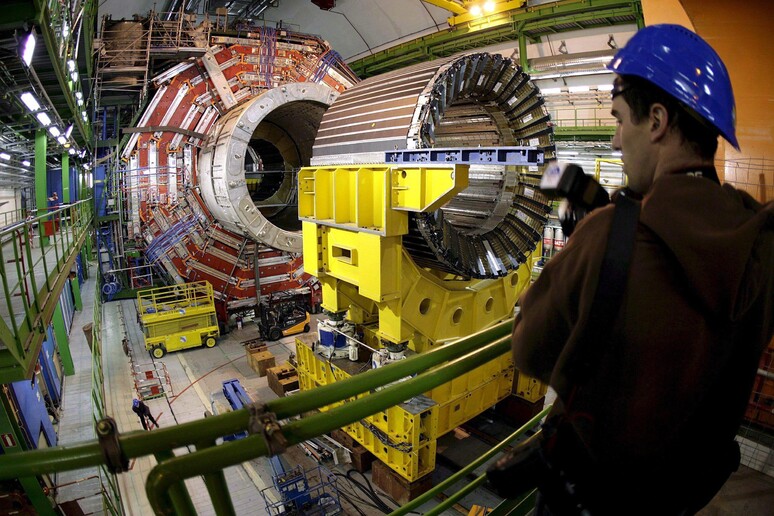The European Organization for
Nuclear Research (CERN) particle physics lab's Large
Hadron Collider (LHC) restarted after a three-month technical
pause, Italian physicist Mirko Pojer, who is responsible for the
LHC's superconductor circuits, said Friday.
Scientists have injected 10 billion protons into its
27-kilometer tunnel.
The LHC is the world's largest and most powerful particle
collider, and the largest single machine in the world. It was
built by CERN between 1998 and 2008 in a bid to prove the
existence of dark matter.
The visible universe - the planets, stars, and galaxies -
is made up of atoms or 'baryonic' matter, which makes up less
than less than 5% of the total mass of the universe.
The rest seems to be made of a mysterious, invisible
substance called dark matter (25%), plus a force that repels
gravity known as dark energy (70%).
CERN scientists have been trying to prove the existence of
the actual particles of dark matter by attempting to create them
at the lab's LHC.
Understanding what dark matter is made of may be one of the
biggest scientific challenges ahead this year, according to
Italian physicist and CERN director Fabiola Gianotti
The 53-year-old Rome native who participated in the
discovery of the Higgs boson is the first woman in the post
since the particle physics lab was founded in 1954.
ALL RIGHTS RESERVED © Copyright ANSA











